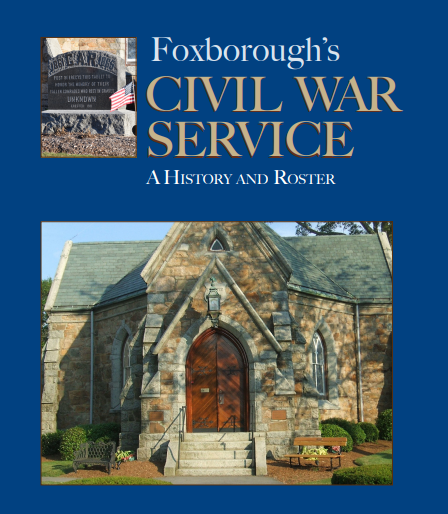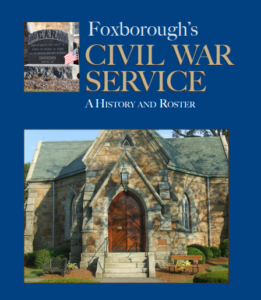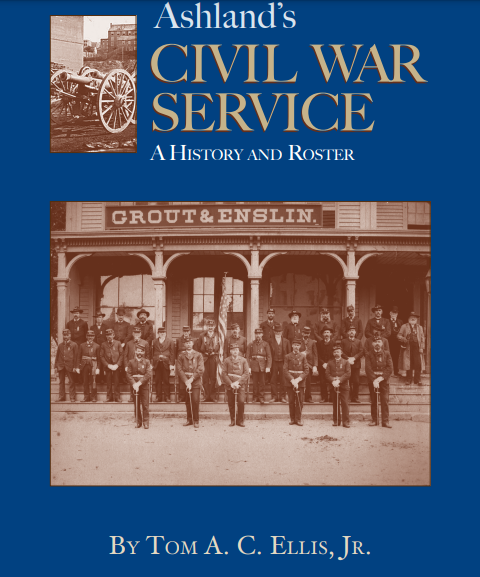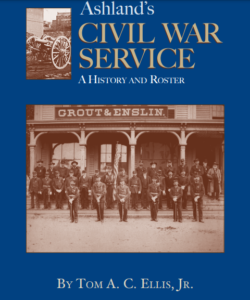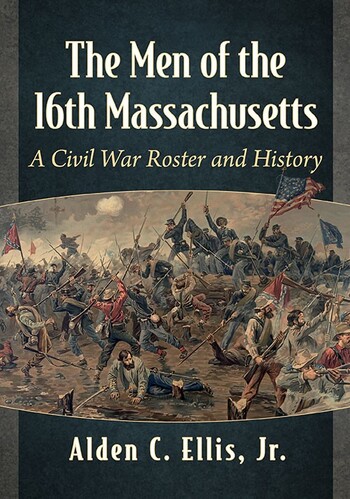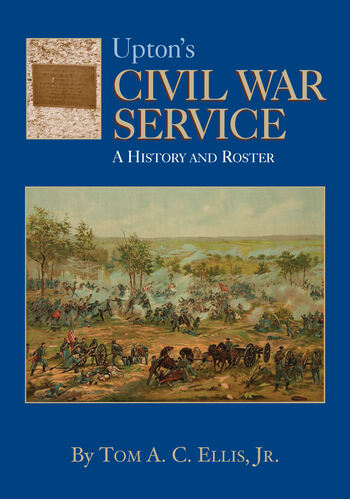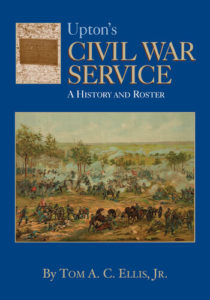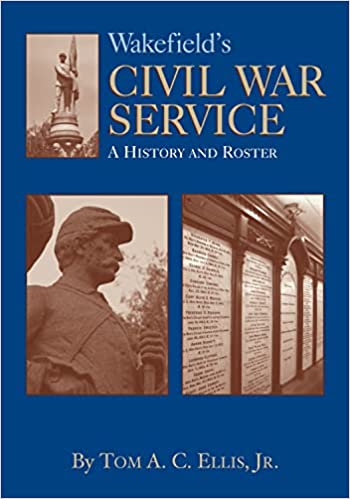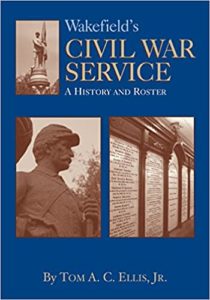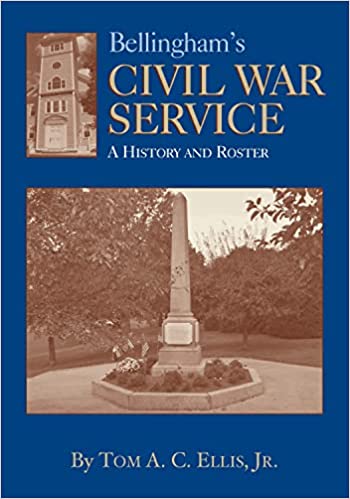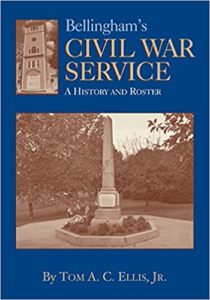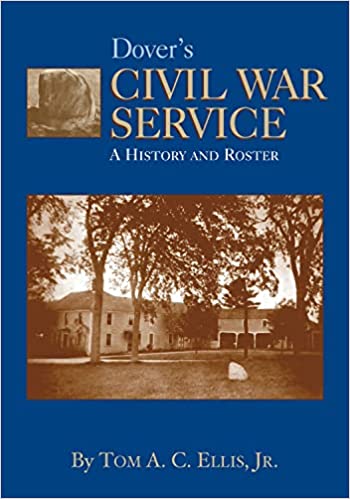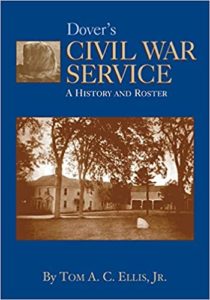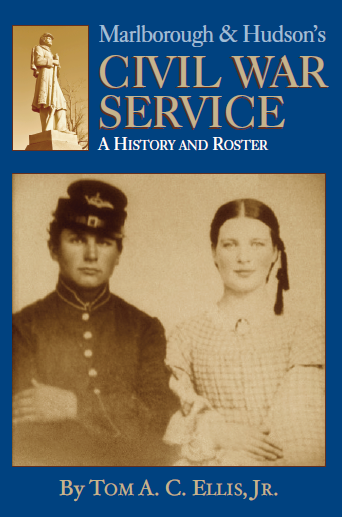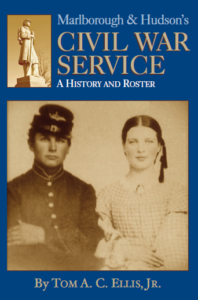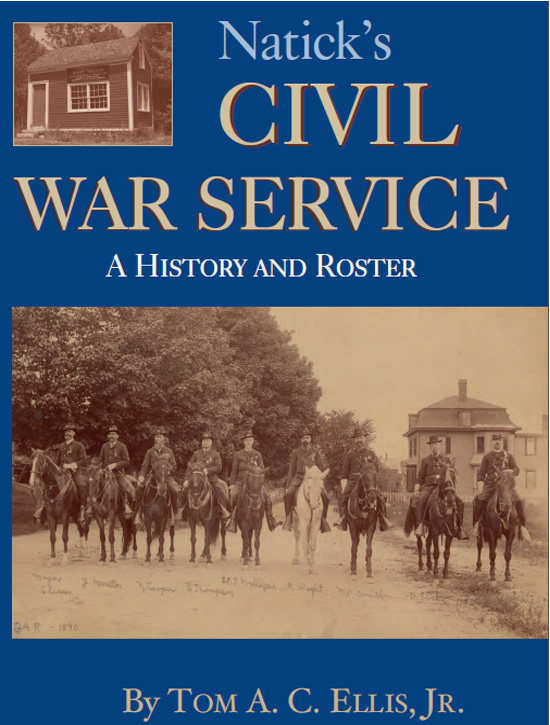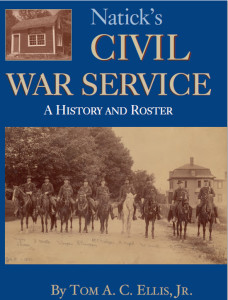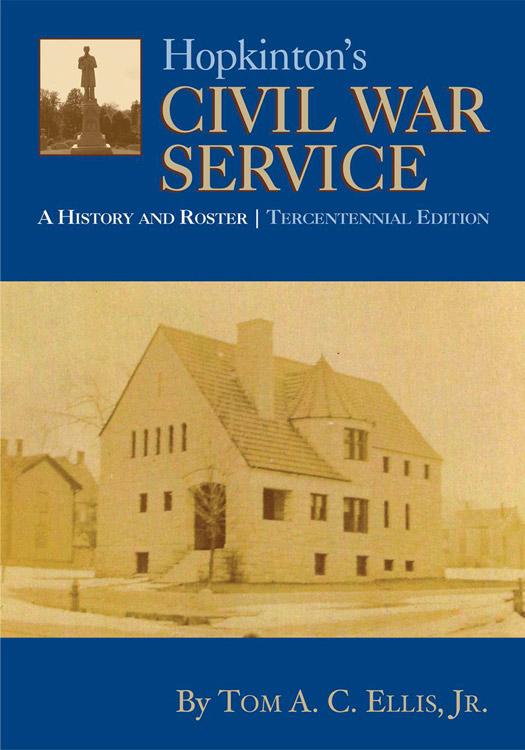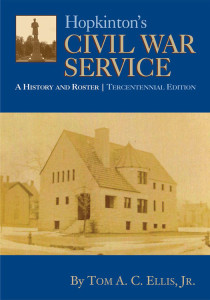This book chronicles the history of the contributions of the Town of Foxborough in the Civil War. It describes the actions taken by the town as a municipality. It enlightens the reader as to the involvements of the Women and service of men of African descent for the Town of Foxborough, from 1861 to 1865.
It contains a detailed biographical sketch of each soldier’s service that was accredited to the Town of Foxborough. This sketch, with all information found, will include when and where he enlisted and his military history; when and where he was born; his parents’ names, including his mother’s maiden name; when and where he was married, including his wife’s maiden name and their children’s names; his date and cause of death, as well as his final resting place. It incorporates a brief description of the unit he served in. The reader is able to note his dates of service and compare that to the regimental history, and then will understand that soldier’s involvement in the war. There is also a section of the book that describes the life of the soldier, when not in battle. It portrays the recruitment, camp life, conscription, commutation, desertions, executions, bounties paid and a host of other particulars of a soldier’s life. It is also a great aid to those searching genealogy of those who served in the Civil War. Continue reading →
This book chronicles the history of the contributions of the Town of Ashland in the Civil War. It describes the actions taken by the town as a municipality. It enlightens the reader as to the involvements of the Women and service of men of African descent for the Town of Ashland, from 1861 to 1865.
It contains a detailed biographical sketch of each soldier’s service that was accredited to the Town of Ashland. This sketch, with all information found, will include when and where he enlisted and his military history; when and where he was born; his parents’ names, including his mother’s maiden name; when and where he was married, including his wife’s maiden name and their children’s names; his date and cause of death, as well as his final resting place. It incorporates a brief description of the unit he served in. The reader is able to note his dates of service and compare that to the regimental history, and then will understand that soldier’s involvement in the war. There is also a section of the book that describes the life of the soldier, when not in battle. It portrays the recruitment, camp life, conscription, commutation, desertions, executions, bounties paid and a host of other particulars of a soldier’s life. It is also a great aid to those searching genealogy of those who served in the Civil War. Continue reading →
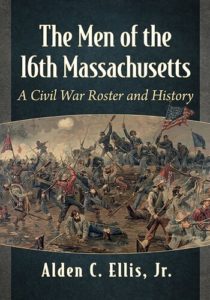

The Sixteenth Massachusetts Volunteer Infantry was one of a few Massachusetts regiments that did not have its history recorded. From 1861-1864, it was profoundly embroiled in the actions of the Army of the Potomac. The men of this regiment initially suffered from lack of skilled leadership and later from horrific living conditions. Over 1300 men were assigned to the Sixteenth Massachusetts. In total, there were 112 men killed in battle. An exorbitant number of men were wounded, 360, and 52 of them died from those wounds. Disease claimed the lives of 115 men. A total of 65 men were taken as prisoners of war. Thirty-two died in Confederate prisons, twenty-one in Andersonville, Georgia, ten in Richmond, Virginia and one in Florence, South Carolina. Disability discharges were allotted to 344 men who were afflicted from wounds or disease. A Comprehensive biographical sketch portrays the life of the vast majority of these patriots. It include their birth, residences, vocations, marriages, children’s names, military pensions, parent’s names including mother’s maiden names, cause and place of death and their final resting place. It contains numerous illustrations, endnotes, detailed index and bibliography.
It is an aide to those interested genealogical research. Continue reading →
This book chronicles the history of the contributions of the Town of Upton in the Civil War. It describes the actions taken by the town as a municipality. It enlightens the reader as to the involvements of the Women and service of men of African descent for the Town of Upton, from 1861 to 1865. It identifies two stations in Upton, of the Underground Railroad, one assisting more than 500 escaped slaves to reach Canada for freedom. It denotes how Upton people started an abolitionist organization in Worcester and brought national leaders to speak in Upton. Continue reading →
Wakefield acted boldly and courageously in April of 1861. Rumors of war were not new to the town. When people attacked our sovereign nation by bombarding Fort Sumter, the townsfolk knew the war had begun. Militarily, Wakefield was prepared.
Wakefield grew out of the Town of Reading, incorporated in 1644. At that time, the Reading Infantry Company was created. That was the earliest militia organization in the Commonwealth. In 1812, South Reading became its own town. Through all of those years, the militia continued its operations from Wakefield. It was eventually named the Richard Light Guard. Continue reading →
In 1860, the rumors of war spread through the community of Bellingham. Her roots were of an agricultural community. She was in the process of developing a strong manufacturing base. She was comprised of 1313 residents. There were only 651 males, including children, elderly and a free black man. Bellingham maintained a small militia. They drilled near the Town Hall.
After the attack of April 12, 1861, on Fort Sumter, the President called for 75,000 militia soldiers to enlist for a three month period. On April 14, 1861, Massachusetts Adjutant General Schouler issued Special Order #14, and the 4th and 6th Mass. Militia were formed. At that time, Bellingham acted swiftly to defend the United States. Alonzo E. and Augustus F. Bent immediately enlisted for three months in the 4th Vol. Inf. Militia Co. “C” (Braintree Light Infantry). At that same time, John Welch and John Williams enlisted in the US Navy. These men enlisted before the Town could legally schedule a meeting. Continue reading →
In 1860, the rumors of war spread through the small agricultural community of Dover. She was comprised of less than 700 residents. There were only 340 males, including children, elderly and one black man. It had been many years since she had a military organization in the town. A local company of militia was quickly organized by Selectman Captain Amos W. Shumway. It was officered, and swelled to fifty people and a fifteen member band. The company voted to never leave Dover, and was aptly named “The Home Guard”.
After the attack of April 12, 1861, on Fort Sumter, the President called for 75,000 militia soldiers to enlist for a three month period. On April 14, 1861, Massachusetts Adjutant General Schouler issued Special Order #14, and the 4th and 6th Mass. Militia were formed. On April 15, 1861, Andrew W. Bartlett and John T. Gilman enlisted in the 5th and 6th Mass. Vol. Militia. George W. Fearing, Seth Packard and John Strang followed by enlisting in the 4th Mass. Vol. Militia. Dover acted swiftly to defend the United States. Continue reading →
Marlborough/Hudson’s Civil War history and service records were destroyed on December 25, 1902, when the Town Hall burned to the ground. Fortunately, through research, they have been recreated and chronicled in this book. The information was gleaned from: Massachusetts Adjutant General Schouler’s reports, Ella Bigelow’s Historical Reminiscences, Cyrus Felton’s writings, Lewis Halprin’s images, Charles Hudson’s writings, Clement Mesereve’s County histories, cemetery records, Marlborough’s History 1661-1910, U.S. Census records, Federal Emergency Relief Admin. Project 1933-38, and numerous military regimental histories.
The pragmatic people of Marlborough/Hudson displayed their contempt for slavery 13 years before the Civil War. They held a “Free-Soil Meeting” in 1848 with over 800 attendees. In 1850, they voted, “not to aid… resist” the Fugitive Slave Law. In 1859, they invited known abolitionist, Reverend Henry Ward Beecher, to give a series of lectures in the Town Hall. They called for an “Indignation” meeting when John Brown was executed. Continue reading →
Natick acted swiftly to defend our nation in the Civil War. She reacted to the calamity 29 years before the outbreak of the war. It was 1832, when the Natick Antislavery Society was created. In 1841, she formed a militia, the Natick’s Mechanic Rifle Company, which included 205 members. In April of 1859, two years before the outbreak of the war, the membership had swollen to 1,430 men. In the spring of 1861, Governor Andrews called for the formation of regiments. A group of 94 men from that company answered the call. They became Company “H” of the 13th Massachusetts Volunteer Infantry.
It is not known, but estimated that Natick’s quota of men throughout the war would be under 400 men after exemptions. The Commonwealth’s Adjutant General has accredited Natick with the service of 496 men, well above her obligations. Natick served in about 60% of the 114 military organizations created by Massachusetts.
She provided men for complete companies in two different regiments; that is about one hundred men in each company. They were the 13th Mass. Co. “H” and the 39th Mass. Co.”I”. Unfortunately, those regiments were in many precarious situations. Natick men severely paid for Union losses with 33 killed in action, 18 died from wounds, 45 died from disease, 39 were taken as prisoners of war, and 130 became disabled and were given disability discharges. Continue reading →
Hopkinton acted early in the defense of our nation. Fort Sumter was attacked April 12, 1861. On April 19, 1861, Massachusetts troops were fired on in Baltimore, Maryland. It was the “Pearl Harbor” of that generation; the town’s people were appalled. The earliest Hopkinton could hold a Town Meeting was April 29, 1861. They did, and formed a War Committee. That committee acted to appropriate funds for soldiers and their families, as well as form a Militia Company.
Hopkinton was there from the beginning to the end. The first soldier to enlist was Edward Dove, on May 13, 1861. He was a sergeant in the 3rd Battalion of Riflemen known as “Dodd’s Riflemen“. Ironically, he would be among the last as on April 14, 1865, he accepted an appointment as Captain in the 103rdU.S. Colored Infantry. The last soldier to enlist from Hopkinton was Emory Watkins, February 17, 1865, into the 17th Mass. Vol. Inf. Continue reading →
